California residents are no strangers to sudden earthquakes. While most are minor and ultimately harmless, residents still live with concerns about the future devastating impacts.
In just one week, Southern California was rocked by six different earthquakes. While each quake was relatively minor, the real concern is whether they could be a warning of something worse coming.
Not Quite Earth-Shattering
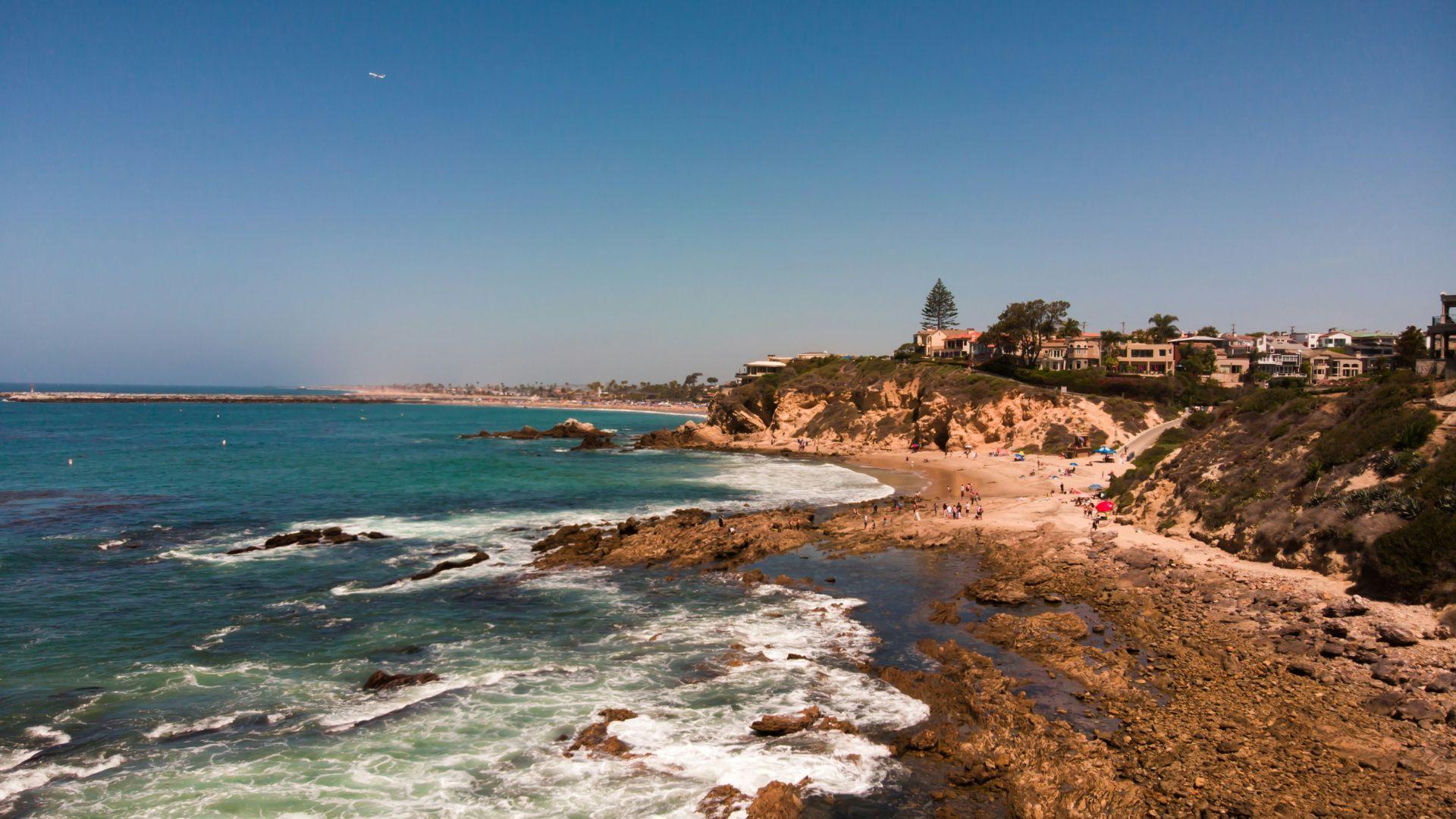
Southern California recently experienced six earthquakes in just one week. Ojai was hit by a 3.6-magnitude quake, followed by a series of three similar-sized earthquakes near Costa Mesa and Newport Beach.
Two smaller earthquakes quickly followed in East Los Angeles and El Sereno. Thankfully, all were relatively small quakes and left no fatalities or serious injuries.
Why So Many Earthquakes?
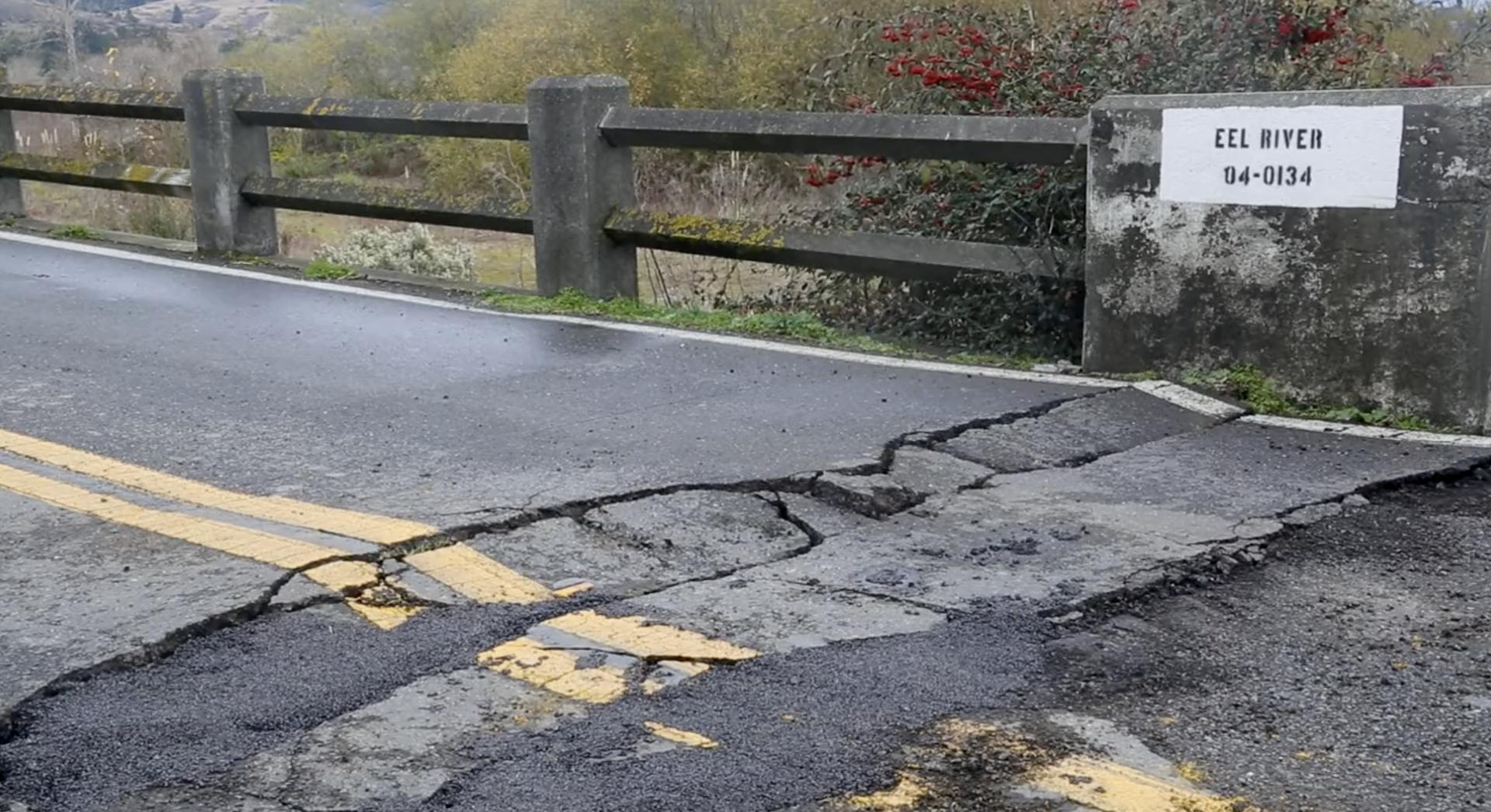
Half a dozen earthquakes hitting California in a week isn’t unprecedented. The state sits on a complex series of faults, cracks in the Earth’s surface where tectonic plates meet.
The most famous (and notorious) is the San Andreas fault. Nearly the size of California itself and running through San Bernardino and Palmdale, the San Andreas fault is capable of causing devastating magnitude 8 earthquakes. About once every 100 years, the San Andreas fault generates a catastrophic earthquake.
The Puente Hills Fault

But there’s more to blame than just the San Andreas faultline.
The Puente Hills fault, lying underneath L.A. and Orange Counties, was only discovered in 1999 but is capable of causing a magnitude 7.5 earthquake – which could kill up to 18,000 people, according to Southern California Earthquake Center’s estimates.
Other Major Fault Lines
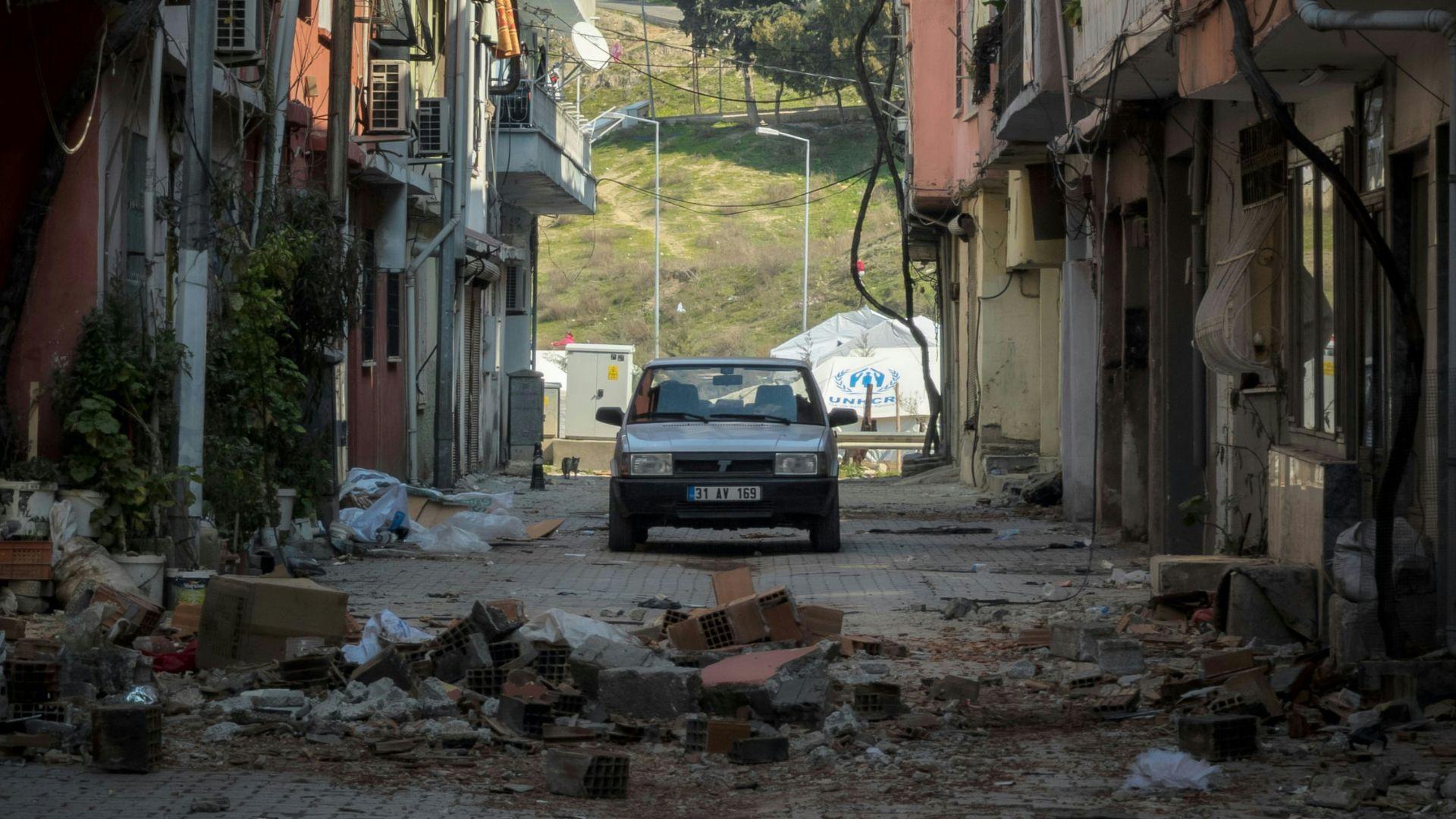
As if that weren’t enough, California residents also live above the Compton Thrust fault, which runs through the center of Los Angeles. While this fault has only caused about 6 earthquakes in the last 12,000 years, each has been above a magnitude 7 – capable of causing city-destroying damage.
Add in the other 500 active fault lines that run through California, and you’ve got a hotbed of seismic activity.
A Look Back at Major Quakes

Every year, an average of 10,000 earthquakes hit Southern California. Most are insignificant, but a few have caused extensive damage.
The 1994 Northridge 6.7 magnitude earthquake caused over 16 billion worth of damage and displaced over 22,000 people. Even more devastating was the 1906 San Francisco earthquake, which left the city in ruins.
The Dreaded “Big One”
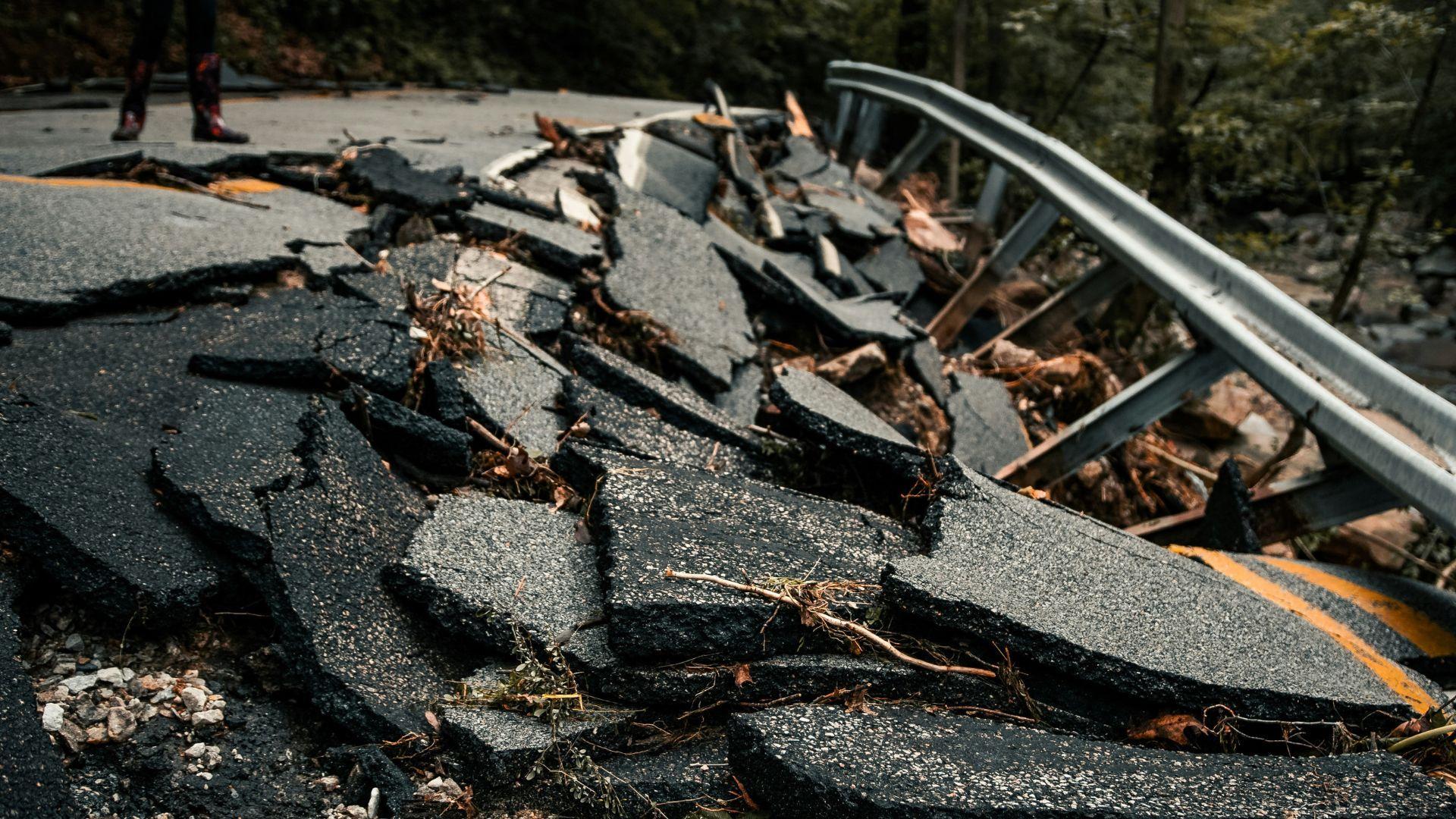
Everyone who lives in a Pacific Coastal state has undoubtedly been warned about the dreaded “The Big One”. “The Big One” is a term used to describe a potentially massive and destructive earthquake expected to hit the West Coast someday.
Such an event could have catastrophic effects on California, Oregon, Washington, Mexico, and Canada. Earthquake experts have stated that the “Big One” isn’t a matter of if it’ll happen, but when.
When Will the Big One Strike?
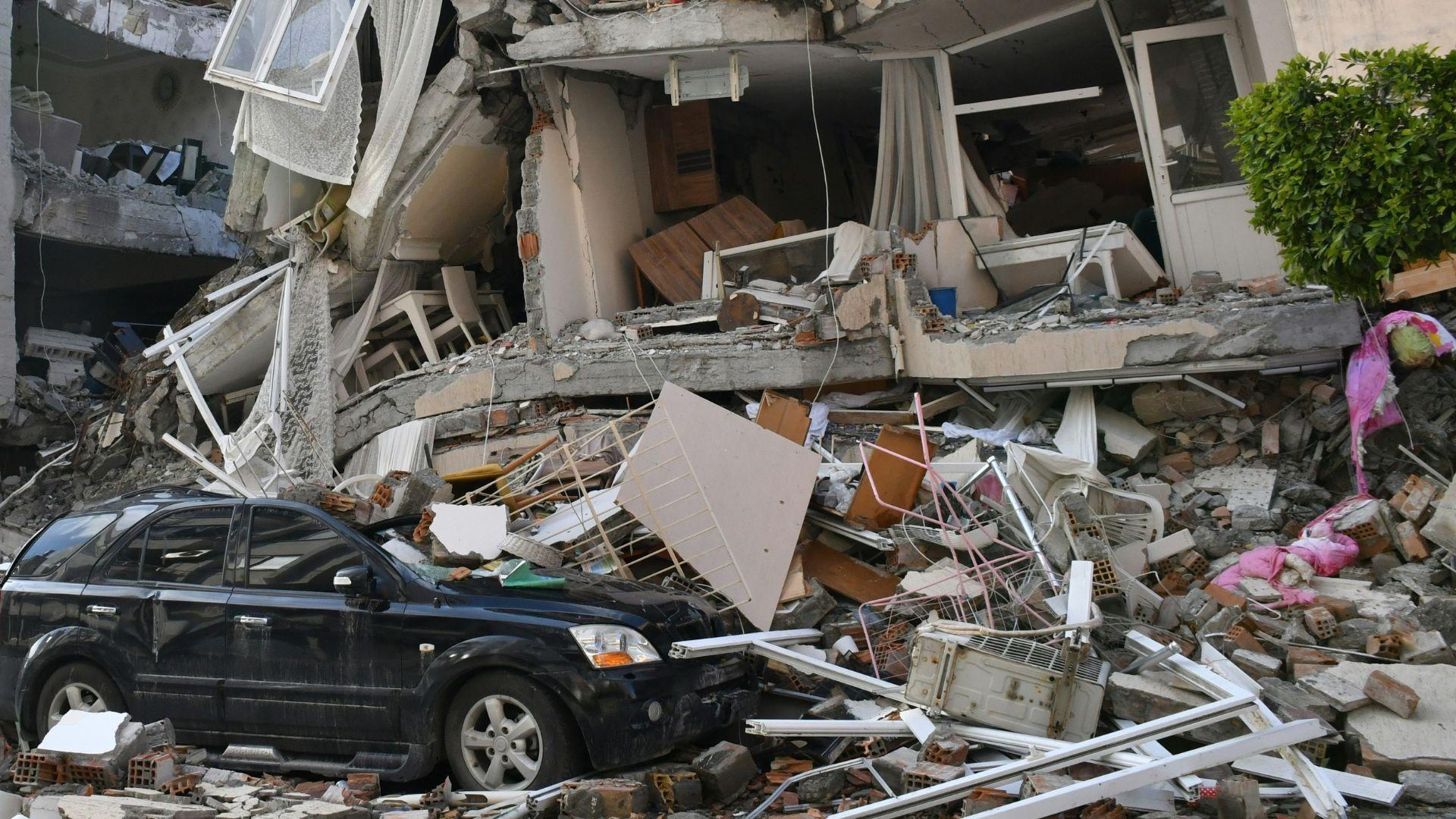
While it’s still hard to predict exactly when and where earthquakes will happen, researchers are working to pinpoint when we can expect the Big One.
In the past, magnitude 9 earthquakes hit the West Coast every 200 to 800 years, with the last one occurring over 300 years ago. With every passing year, the possibility of the Big One rises.
Getting Ready for the Next Quake
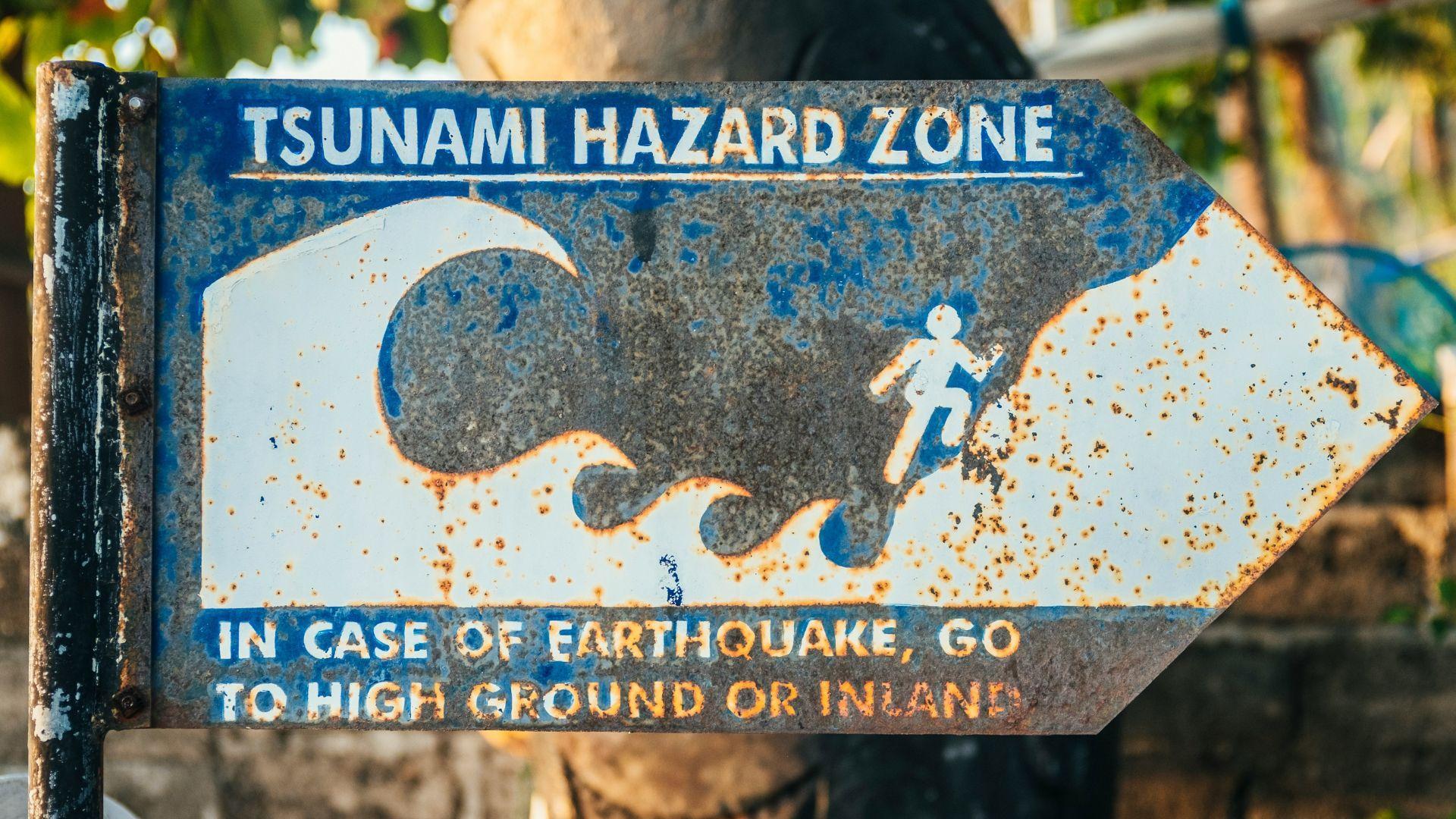
When it comes to earthquakes, preparation is key. Schools, workplaces, and community centers often hold earthquake preparedness events so everyone knows what to do during a quake.
Have emergency kits with food, water, and medical supplies ready. Make sure heavy furniture and appliances are properly secured to prevent injuries during a quake. Know the local tsunami evacuation routes, and have an escape plan ready.
What To Do If An Earthquake Strikes
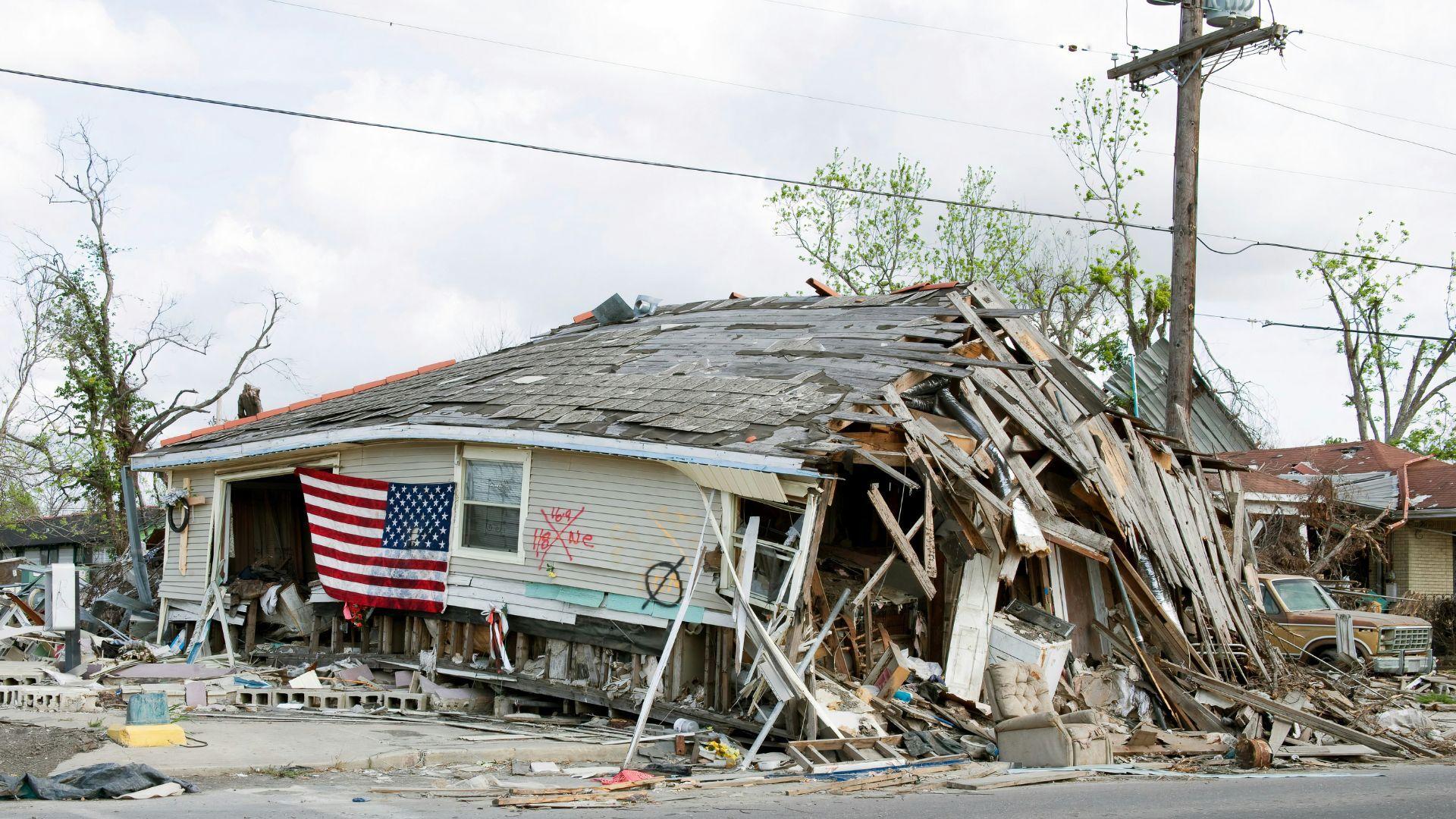
If you’re indoors, stay put! If you can, duck under a table or desk and hang on to it. If there are no tables nearby, run to a hallway or interior, windowless room. If you’re in a high-rise building, don’t try to take the elevator.
And if you’re outside, try to get to a wide open space (yes, we realize this may be hard to do in Los Angeles.) Do your best to get away from tall buildings, power lines, or anything else that could fall on you.
Building Safer Structures
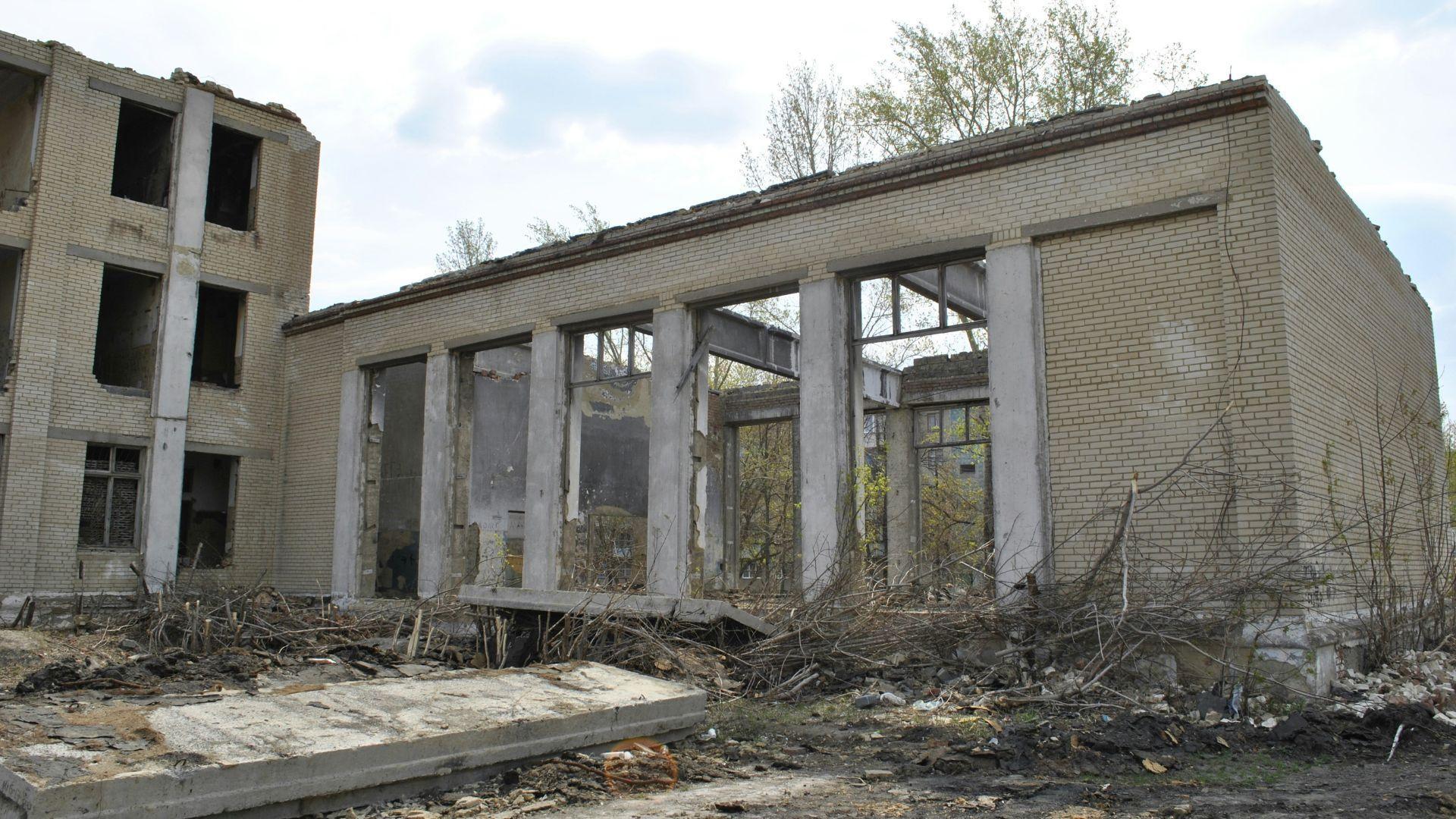
Of course, modern buildings are designed to withstand most earthquakes and are less likely to collapse. But this doesn’t mean that every historic building is guaranteed to collapse – many have been refurbished to meet modern safety standards.
Early warning systems like ShakeAlert can give people a few seconds to take cover before the shaking starts. These systems can detect the initial seismic waves and send out alerts, helping to reduce injuries and damage.
Coping with Earthquake Anxiety
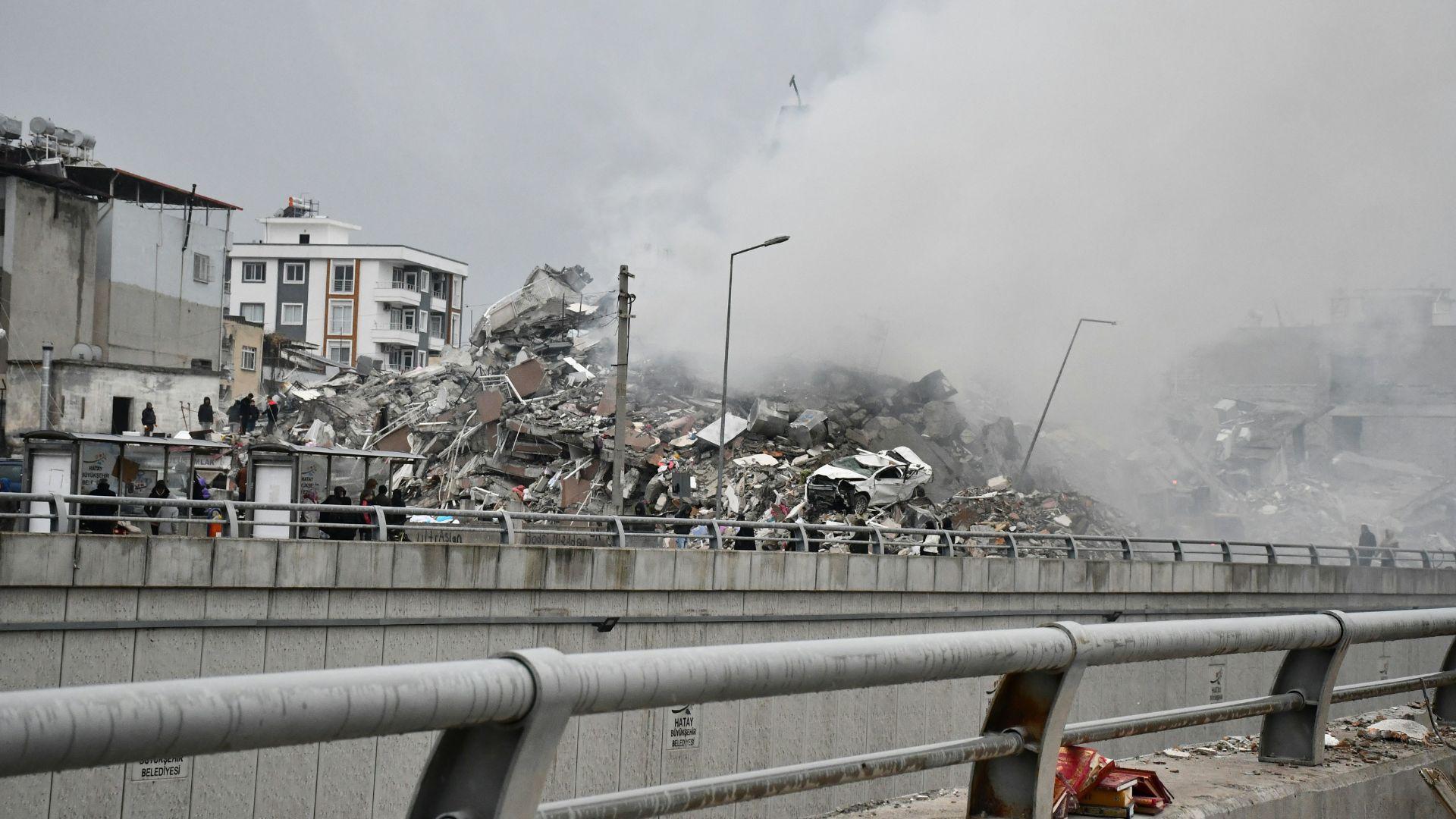
Living in an earthquake-prone area can be stressful. The constant threat of an earthquake can cause anxiety. Remember, the vast majority of earthquakes are completely unnoticeable.
Still, it’s important to have support systems to help people cope with earthquake anxiety. If the thought of an impending earthquake becomes overwhelming, seek out loved ones, community programs, or even therapy to work through these emotions.
Preparing For Future Earthquakes
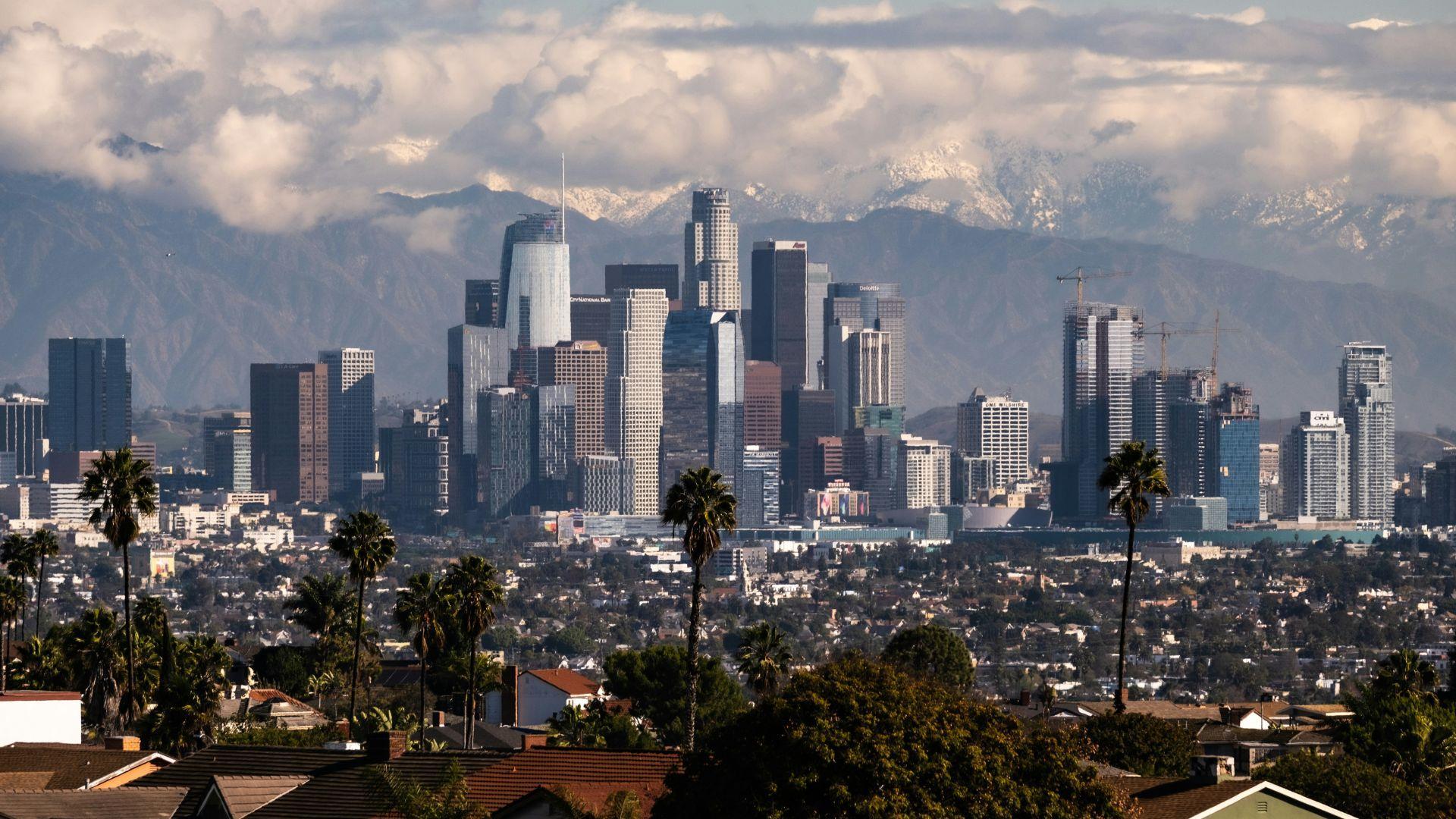
Seismologists are always studying earthquakes to understand them better and improve predictions. They use advanced technology and historical data to estimate future risks.
Ultimately, everyone needs to work together to be prepared for earthquakes. By staying informed, having emergency plans, and participating in community efforts, Californians can better protect themselves and their families from the unpredictable effects of earthquakes.

